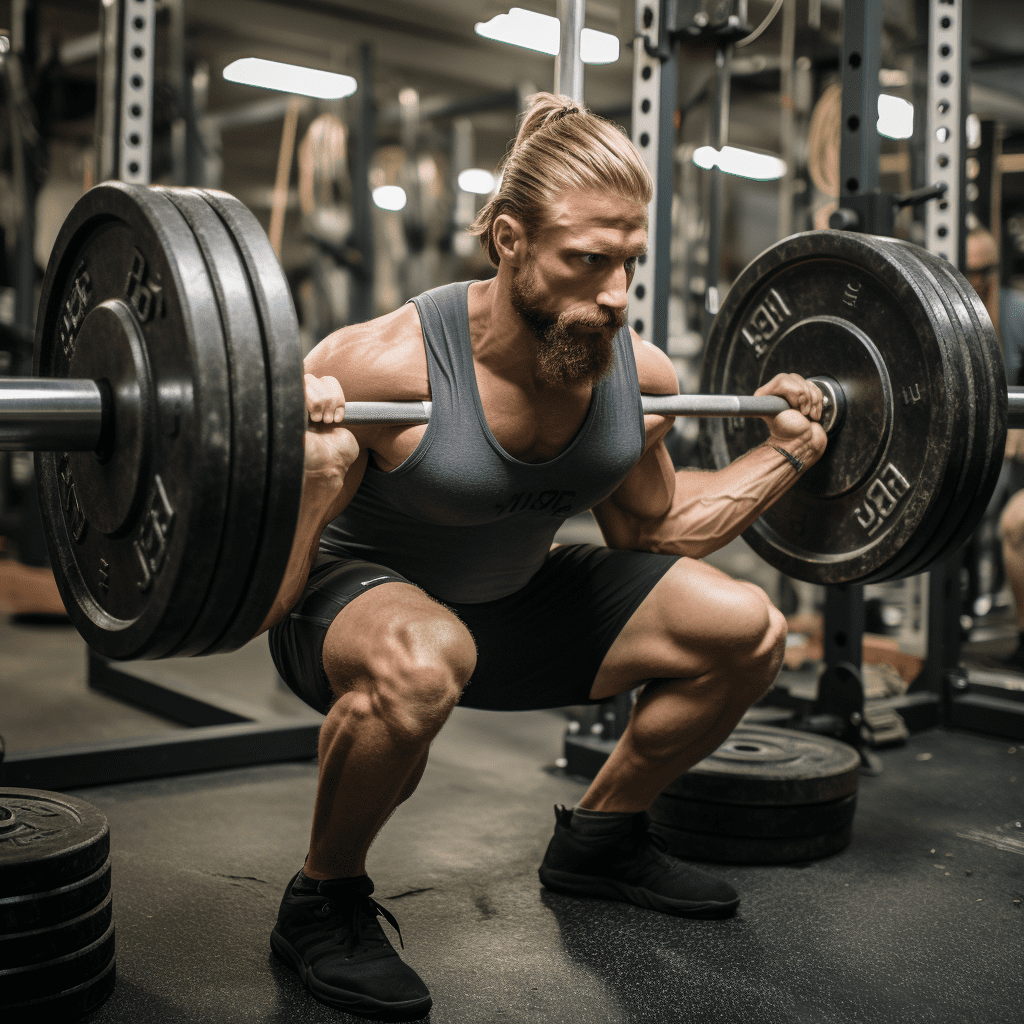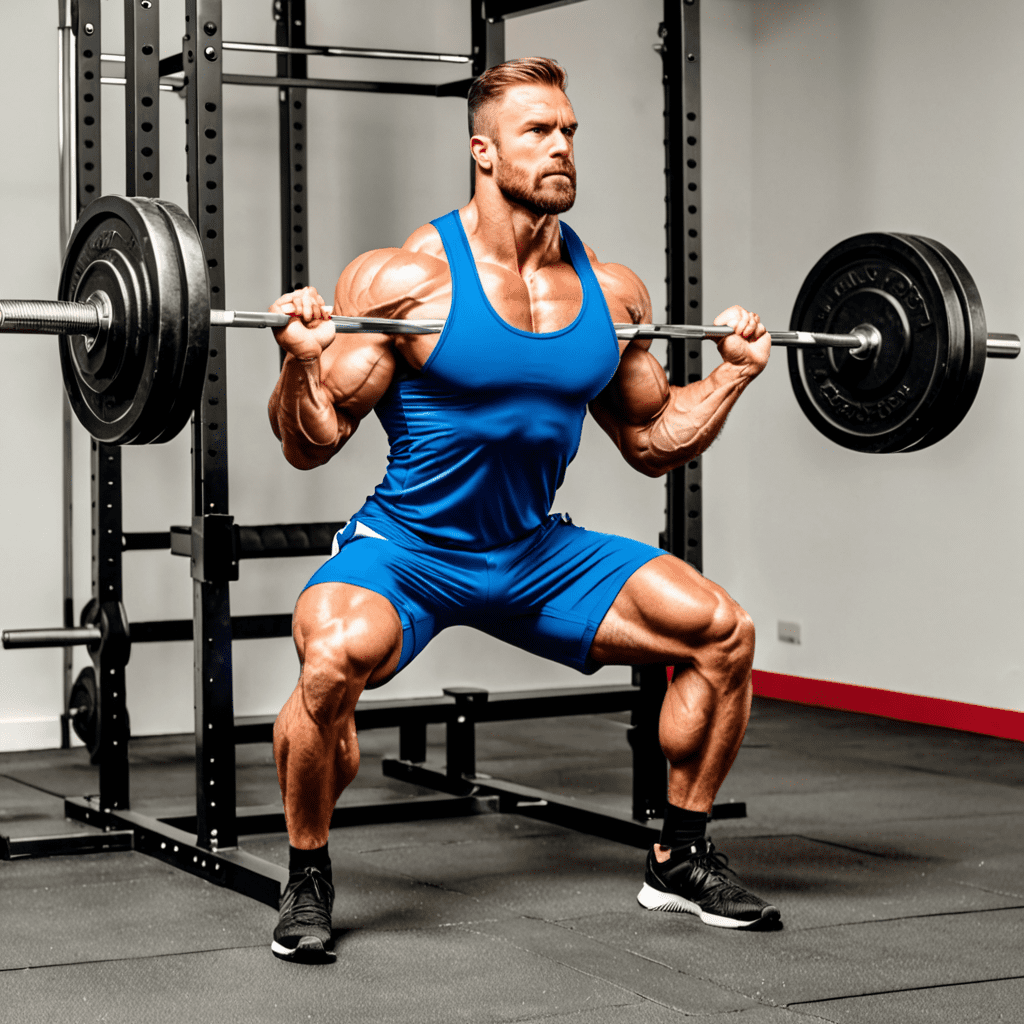
How to Squat Lower: Tips and Techniques for Improved Depth
Squatting is a fundamental movement that engages multiple muscle groups and helps build strength in the lower body. While many people struggle with achieving proper depth in their squats, there are several tips and techniques that can help you squat lower and reap the full benefits of this exercise. In this article, we will break down the key factors that contribute to squat depth and provide practical strategies to improve it.
1. Work on Your Mobility and Flexibility
One of the main reasons people struggle with squat depth is limited mobility and flexibility in the hips, ankles, and thoracic spine. To improve your squat depth, it’s crucial to dedicate time to enhancing these areas. Incorporate exercises like hip flexor stretches, ankle mobility drills, and thoracic spine rotations into your warm-up and cooldown routines. Consistency is key, so aim to perform these exercises daily to see gradual improvements over time.
2. Engage Your Core and Maintain Proper Alignment
Having a strong and activated core is essential for squatting lower. It helps stabilize your spine and pelvis, allowing for better alignment during the movement. Before descending into your squat, engage your core by bracing your abs as if preparing to take a punch. This will help maintain a neutral spine and prevent any excessive rounding or arching. Additionally, keep your knees in line with your toes throughout the squat to avoid unnecessary stress on the joints.
3. Practice Proper Breathing Techniques
Breathing correctly while squatting can greatly impact your depth. Take a deep breath in before initiating the descent and hold that breath until you reach the bottom position of the squat, known as the “hole.” This technique, called the Valsalva maneuver, creates intra-abdominal pressure, providing stability and support to the spine. Exhale forcefully as you come out of the squat.
4. Gradually Increase Your Range of Motion
If you consistently struggle with squat depth, it may be beneficial to gradually increase your range of motion over time. Start by using a raised surface, such as blocks or weight plates, under your heels to elevate them slightly. This can improve ankle mobility and allow you to achieve better depth. As you become more comfortable, gradually decrease the height of the heel elevation until you can squat without any assistance.
5. Strengthen Your Glutes and Hamstrings
Building strength in the glutes and hamstrings can significantly contribute to squat depth. These muscles play a crucial role in hip extension, which is essential for achieving proper depth. Incorporate exercises like hip thrusts, Romanian deadlifts, and glute bridges into your routine to target these muscle groups. By strengthening them, you’ll have more power to push yourself deeper into the squat position.
6. Practice with Assisted Equipment
Using assisted equipment like resistance bands or yoga blocks can help you squat lower with proper form. Attach a resistance band around a sturdy anchor and loop it just above your knees. This will help engage your glutes and activate the muscles necessary for squat depth. Alternatively, utilizing yoga blocks under your heels can also assist in achieving proper depth until you develop the necessary flexibility and mobility.
FAQ
Q: How long does it take to improve squat depth?
A: Improving squat depth depends on various factors, including your current mobility, flexibility, and strength levels. Consistent practice and targeted exercises can lead to noticeable improvements in squat depth within a few weeks or months.
Q: Is squatting below parallel safe for everyone?
A: Squatting below parallel can be safe for individuals with healthy joints and proper squat mechanics. However, if you have pre-existing injuries or conditions, it’s essential to consult with a qualified healthcare professional or a certified strength and conditioning specialist to determine the appropriate depth for your squats.
Q: Can squatting deeper help me build more muscle?
A: Squatting deeper can activate more muscle fibers in the lower body, leading to increased muscle recruitment and growth. However, it’s important to prioritize proper form and technique to avoid potential injuries.
Q: Are there any variations of squats that can help improve depth?
A: Yes, several squat variations can target different muscle groups and improve squat depth. Examples include goblet squats, front squats, and overhead squats. Incorporating these variations into your training routine can help strengthen your squatting capabilities.
Q: Are there specific warm-up exercises that can help with squat depth?
A: Yes, warm-up exercises that target hip mobility, ankle flexibility, and thoracic spine mobility can aid in improving squat depth. Some examples include lunges, hip circles, ankle dorsiflexion stretches, and thoracic rotations.
Q: Can squatting deeper help improve athletic performance?
A: Yes, squatting deeper can enhance athletic performance by increasing lower body strength and power. It can improve vertical jump height, sprinting ability, and overall lower body explosiveness.
By implementing these tips and techniques into your training routine, you’ll be well on your way to improving your squat depth and maximizing the benefits of this essential exercise. Remember to listen to your body, be patient, and gradually progress at a pace that suits your individual capabilities. Happy squatting!


